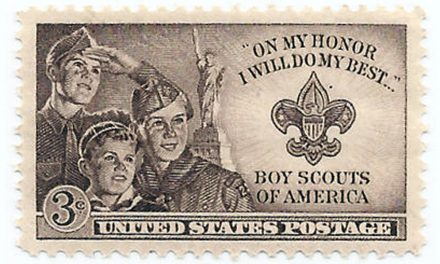The federal government’s attempt to turn transgender ideology into law has hit some resistance in the form of a lawsuit initiated by the Attorney General of Texas against the U.S. Equal Employment Opportunity Commission (EEOC).
The complaint, filed in the U.S. District Court for the Northern District of Texas, alleges that on June 15, the EEOC issued a “technical assistance document” (aka guidance) requiring employers to adjust the usage of bathrooms, locker rooms and showers, dress codes and pronoun usage to meet the subjective “gender identities” of their employees.
“That guidance misstates the law, increasing the scope of liability for the State in its capacity as an employer – and [Charlotte] Burrows [the EEOC Chair] did not even have authority to issue it,” Texas alleges.
Texas Attorney General Ken Paxton announced the reasons behind the lawsuit.
“States should be able to choose protection of privacy for their employers over subjective views of gender, and this illegal guidance puts many women and children at risk,” Paxton said in a press release. “If the Biden Administration thinks they can force states to comply with their political agenda, my office will fight against their radical attempt at social change. These backdoor attempts to force businesses, including the State of Texas, to align with their beliefs is unacceptable.”
At the time the guidance was issued, one of the other commissioners charged Burrows with acting unilaterally and without the consent of the other commissioners.
“I am disappointed that today, Chair Burrows unilaterally issued a ‘technical assistance’ document addressing the Supreme Court’s decision in Bostock v. Clayton County and related issues, instead of working with the full Commission to issue guidance approved by a majority vote of the Commission on such issues post-Bostock …,” Commissioner Andrea Lucas wrote in a statement, as reported by National Review.
The Bostock decision from 2019 redefined “sex” in the 1964 Civil Rights Act to include sexual orientation and gender identity, but as Commissioner Lucas observed, that decision did not address all of the issues covered in Chairperson Burrows’ guidance.
Also, according to allegations contained in the lawsuit, Burrows violated the federal Administrative Procedure Act which specifies the steps necessary before an agency can implement a policy such as the guidance.
“The June 15 Guidance was not approved by a vote of the full Commission and was never published in the Federal Register. On information and belief, Burrows did not consult with the other Commissioners on this subject before issuing the June 15 Guidance,” the lawsuit states.
At the time she issued the June 15 guidance, Burrows attempted to justify her unilateral action by claiming she was merely clarifying existing employment law and previous positions adopted by the EEOC.
“This information is not new policy,” Burrows stated in the guidance. “This publication in itself does not have the force and effect of law and is not meant to bind the public in any way. It is intended only to provide clarity to the public regarding existing requirements under the law.”
But Texas – and many other employers – disagree. They see the guidance as a backdoor attempt to create law and force employers to comply – or risk getting sued by the federal government.
In August, 20 other states, led by Tennessee, filed their own lawsuit challenging the EEOC guidance, as well as a separate directive on the same subject issued by the U.S. Department of Education.
Photo from Shutterstock.






